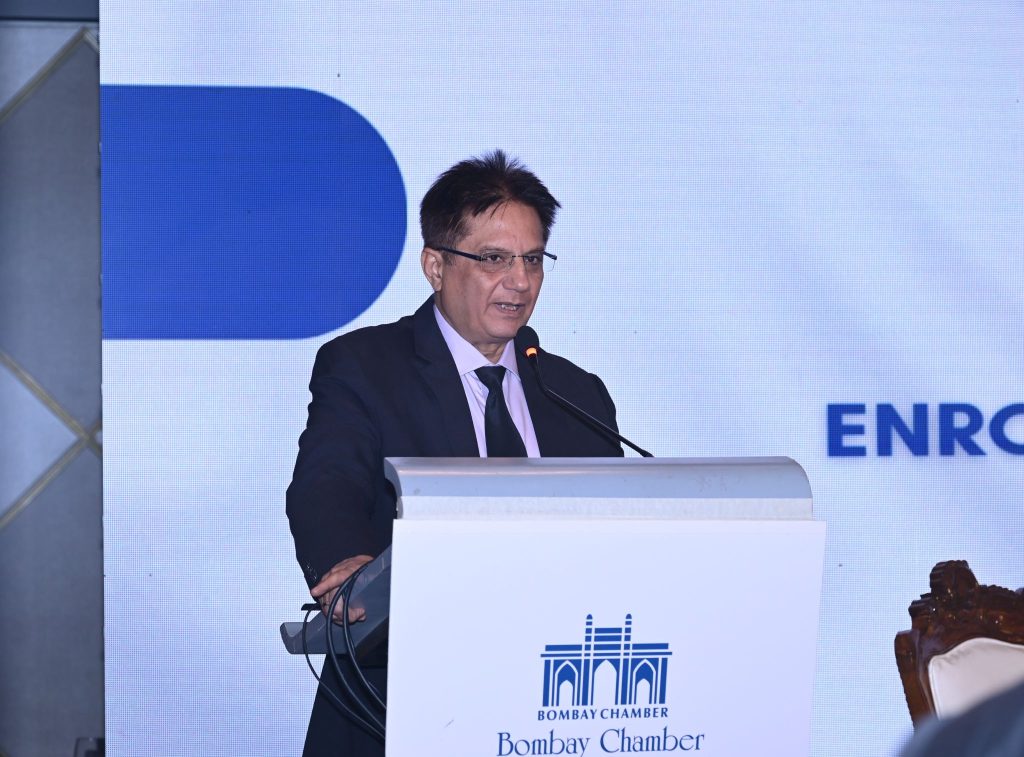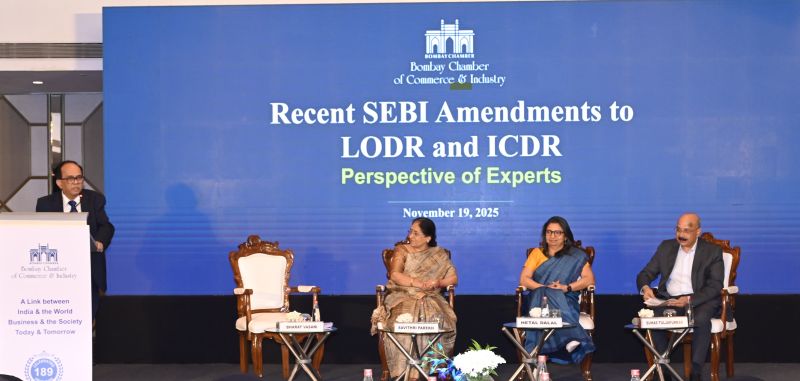Due to non-availability of the Industrial Tribunals under the IR Code, pending cases under the Industrial Disputes Act, 1947 cannot be pursued any further – Delhi HC
Judgement attached
Top Stories
Due to non-availability of the Industrial Tribunals under the IR Code, pending cases under the Industrial Disputes Act, 1947 cannot be pursued any further – Delhi HC
Judgement attached
My No. MUM/TRD/TENDERS
Mr. Sandeep Khosla
Director General
Bombay Chamber of Commerce & Industry
Dear Mr. Sandeep Khosla,
Procurement Notice–State Pharmaceuticals Corporation of Sri Lanka
I wish to inform you that the Chairman, Departmental Procurement Committee of the State Pharmaceuticals Corporation of Sri Lanka has invited sealed bids for supply of following items to the Ministry of Health.
| Bid Number | Closing Date & Time | Item Description | Non – refundable Bid Fee (LKR) |
| DHS/L/WW/113/25 |
22.12.2025 at 09.00 a.m. |
Nutrient broth No 02, Mueller Hinton Broth and Gonococcal culture Agar Base | 3,000/- + tax |
Please find attached herewith a copy of the procurement notices of the above.
It would be appreciated, if you could kindly make necessary arrangements to disseminate the same among your membership.
With warm regards,
Shirani Ariyarathne
Consul
Consulate General of Sri Lanka
34, Homi Modi Street, Fort
Mumbai 400001
Tel: (+ 91 22 )22045861/22048303
Fax: (+ 91 22) 22876132
E -mail: slcg.mumbai@mfa.gov.lk
Public Holiday on 2.12.25 for elections for certain Local Government Bodies in Maharashtra
Public Holiday on 2.12.25 for elections for certain Local Government Bodies in Maharashtra
Notification attached
Voluntary retirement is deemed automatically accepted if not expressly rejected within the stipulated period – Delhi HC
Judgement attached.
Central Govt Notifies Special Employees Enrolment Campaign 2025 under EPF Scheme for enrolment of employees who joined from July 2017 to October 2025.
Notification attached.
Mumbai: The Bombay Chamber of Commerce and Industry hosted a seminar on the recent amendments to the Securities and Exchange Board of India’s Listing Obligations and Disclosure Requirements (LODR) and Issue of Capital and Disclosure Requirements (ICDR) regulations. The event brought together industry leaders, legal experts and regulatory professionals to examine the implications of these changes and their impact on corporate governance and compliance.

The seminar opened with a welcome address by Sandeep Khosla, Director General, Bombay Chamber, who highlighted the importance of understanding regulatory amendments and their role in fostering transparency and accountability in the corporate sector.

The keynote address was delivered by Jeevan Sonparote, Executive Director at SEBI. He provided an overview of the amendments, emphasising SEBI’s commitment to enhancing disclosure standards and streamlining compliance processes. His remarks set the tone for the evening, underscoring the significance of these changes in strengthening investor confidence and promoting fair practices in the capital markets.

The first panel discussion, moderated by Suhas Tuljapurkar, Founder and Managing Partner of Legasis Partners and Co‑Chairperson of the Corporate Governance Committee at the Bombay Chamber, examined the ICDR amendments in detail. The conversation explored key changes, including the alignment of promoters’ lock‑in periods with the use of proceeds, the introduction of a single advertisement two days prior to the issue, expanded disclosure requirements covering transactions, placements, litigation, agreements, financials and employee‑related matters, and the revised framework for rights issues.
Panellists Manan Lahoty, Partner and Head of Capital Markets at Cyril Amarchand Mangaldas, Sudhir Bassi, Executive Director of Capital Markets at Khaitan & Co., and Jabarati Chandra, Partner at S&R Associates, shared their perspectives on the implications of these changes. They discussed the removal of the ₹50 crore threshold for rights issue applicability and the shift in filing draft offer documents from SEBI to stock exchanges. The session also examined the evolving role of merchant bankers and the increasing involvement of legal professionals in capital market transactions.

The second panel discussion focused on the latest amendments to LODR regulations and their impact on compliance. Moderated by Bharat Vasani, Senior Advisor on Corporate Laws at Cyril Amarchand Mangaldas and Chairperson of the Legal Affairs & IPR Committee at the Bombay Chamber, the session addressed critical topics such as challenges in identifying related parties, evolving disclosure standards, brand royalty payments and practical difficulties in adhering to the ‘purpose and effect’ test.
Panellists Hetal Dalal, President and Chief Operating Officer of Institutional Investor Advisory Services India Ltd., Savithri Parekh, Company Secretary and Compliance Officer at Reliance Industries Ltd. and Chairperson of the Corporate Governance Committee at the Bombay Chamber, and Suhas Tuljapurkar offered valuable insights into navigating these challenges. They also discussed the role of audit committees in determining arm’s length pricing and ensuring compliance with the amended regulations.
The seminar concluded with a vote of thanks by Sandeep Khosla, who emphasised the Chamber’s commitment to fostering dialogue and collaboration among industry leaders, regulators and professionals to promote best practices in corporate governance and compliance. This was followed by networking, where attendees engaged with peers and experts. The event provided a platform for meaningful discussions on the evolving regulatory landscape and its implications for businesses and stakeholders.
Government Makes the Four Labour Codes effective to Simplify and Streamline Labour Laws
Notification
Industrial Relations Code 2020 comes into effect from 21.11.25.
Notification attached.
Notification
OSH Code 2020 comes into effect from 21.11.25
Notification attached.


It is a long established fact that a reader will be distracted by the readable content of a page when lookin


